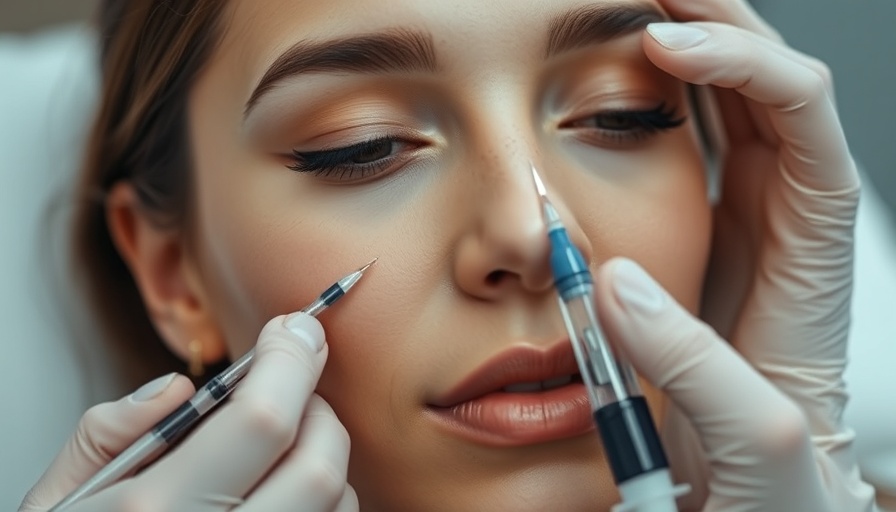
Exploring What an Introductory Botox® Training Course Offers
For medical professionals aiming to expand into the world of aesthetic medicine, an introductory Botox® training course can be a game-changer. These courses are designed to impart both theoretical knowledge and hands-on experience, equipping practitioners with the comprehensive skills needed in this exciting field.
Foundational Knowledge: Understanding Botulinum Toxin
An essential component of the training involves a foundational understanding of botulinum toxin. Participants will delve into the history and mechanics of products like Botox®, Dysport®, and Xeomin®. Emphasis is placed on understanding the safety protocols, proper handling, and storage requirements to ensure effective and secure use of these substances.
Mastering Facial Anatomy
Central to the course is a thorough study of facial anatomy, which is imperative for safe and effective Botox® administration. By understanding the relationship between facial muscles and expressions, practitioners can accurately determine optimal injection sites, enhancing both efficacy and safety in treatment outcomes.
Enhancing Clinical Skills and Patient Assessment
Botox training courses also focus on developing clinical skills necessary for patient assessment. Learning how to assess candidates, recognize contraindications, and tailor treatments based on individual facial aesthetics and goals is critical. This expertise strengthens consultations, helping build trust and credibility as a cosmetic injector.
Refining Injection Techniques
The practical component of the course involves mastering various injection techniques. Participants practice different methods for treating areas such as forehead lines, glabellar lines, and crow’s feet. Training under expert supervision ensures skills are honed in accordance with FDA recommendations, providing a sound foundation for future treatments.
Trends and Future Predictions in the Aesthetic World
The field of aesthetic medicine is ever-evolving, with new trends and technologies continually emerging. As Botox use grows, courses often highlight future trends, such as non-surgical rhinoplasty and preventative aesthetics. Understanding these developments prepares practitioners to leverage new opportunities and stay ahead of the curve in their practices.
Safety and Best Practices: Managing Complications
Ensuring the safety of patients is a top priority. Training includes coaching on managing potential complications, equipping professionals with the know-how to handle any adverse effects confidently and competently.
Relevance to Current MedSpa Innovations
In the context of current MedSpa innovations, Botox training remains highly relevant. The rise of non-invasive treatments and minimally invasive techniques underscores the importance of such skills in modern cosmetic procedures, where the demand for beauty technology continues to grow.
Understanding Botox trends and MedSpa innovations not only raises the efficacy of treatments but also satisfies the growing patient demand for state-of-the-art cosmetic solutions.
 Add Row
Add Row  Add
Add 

 Add Row
Add Row  Add Element
Add Element 




Write A Comment